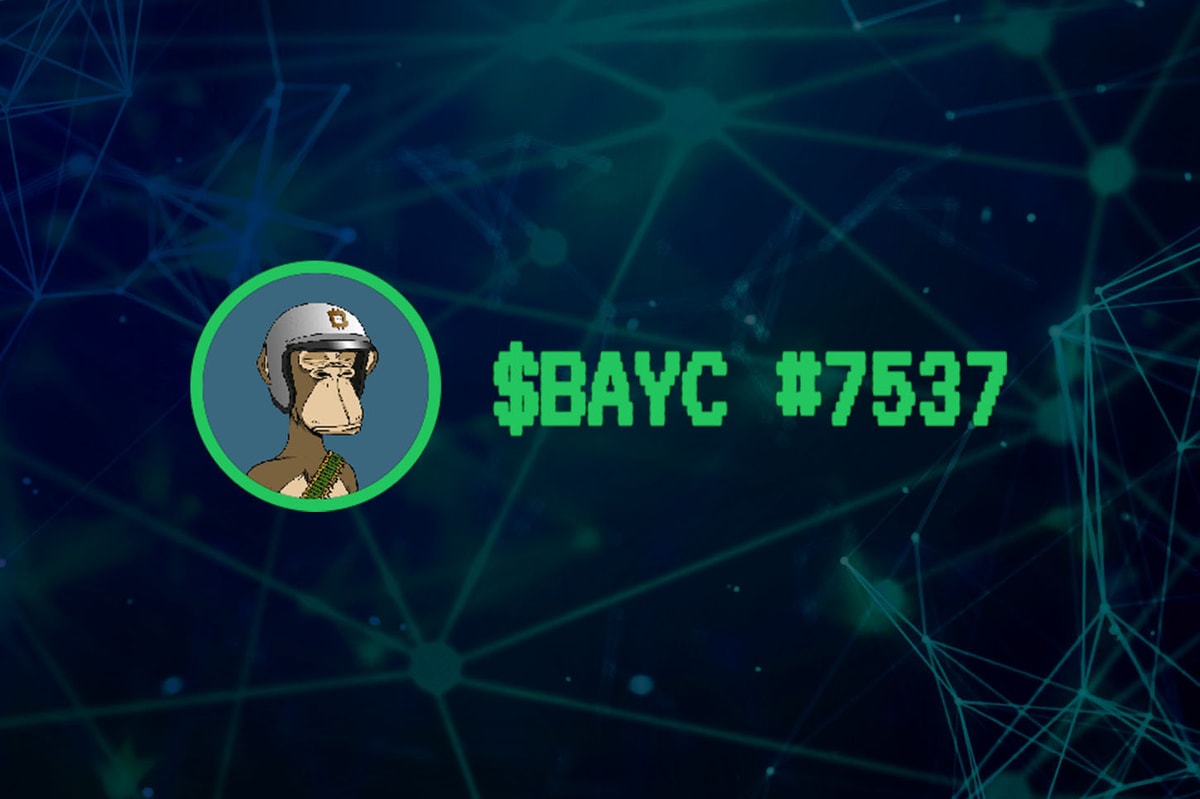The Bank for International Settlements’ (BIS’) Project Agora has progressed to the design stage with the onboarding of 41 private financial firms. The project, launched in April by the BIS and seven central banks, is looking at how tokenized commercial bank deposits can be integrated with tokenized wholesale central bank digital currencies (CBDCs) on a single platform.
The regulated private-sector participants include Visa and Mastercard, SWIFT, the Swiss SIX Digital Exchange, Japan’s Monex Group financial services firm, clearing companies and a host of large banks. The Institute of International Finance, a financial services trade group, was chosen to convene the private participants, which responded to a call for participation issued in May.
Aiming for more efficient transactions
Project Agora is now the largest BIS project in terms of participants. The private-sector members join the Bank of France (representing the Eurosystem), Bank of Japan, Bank of Korea, Bank of Mexico, Swiss National Bank, Bank of England and the Federal Reserve Bank of New York.
Project Agora addresses “structural inefficiencies” in the existing international payments system by applying the unified ledger concept developed by BIS. It focuses on customer verification and Anti-Money Laundering in particular, as those steps are often now carried out repeatedly by intermediaries in a transaction. The BIS said in a statement:
“The project […] will investigate how tokenised commercial bank deposits can be seamlessly integrated with tokenised wholesale central bank money in a public-private programmable core financial platform.”
Related: Banque de France, Hong Kong Monetary Authority explore CBDC, tokenization
Showing off the unified ledger
Describing the unified ledger as the BIS envisions it, BIS head Agustin Carstens said in a presentation in 2023 that a unified ledger would have open architecture with programmability and composability. CBDC and tokenized deposits would exist in partitioned sections of a ledger, with smart contracts facilitating their interaction. Multiple unified ledgers could interact with each other.
How Project Agora could simplify international transactions. Source: Bank for International Settlements
The project participants are also tasked with identifying legal and regulatory issues and gaps among the seven jurisdictions represented as they affect tokenization and CBDC. Project Agora is expected to run until the end of 2025 when a final report will be released.
Magazine: How the digital yuan could change the world… for better or worse











